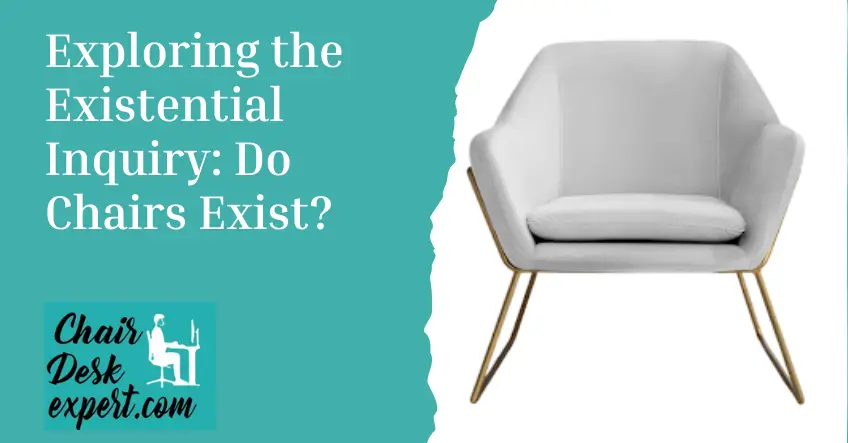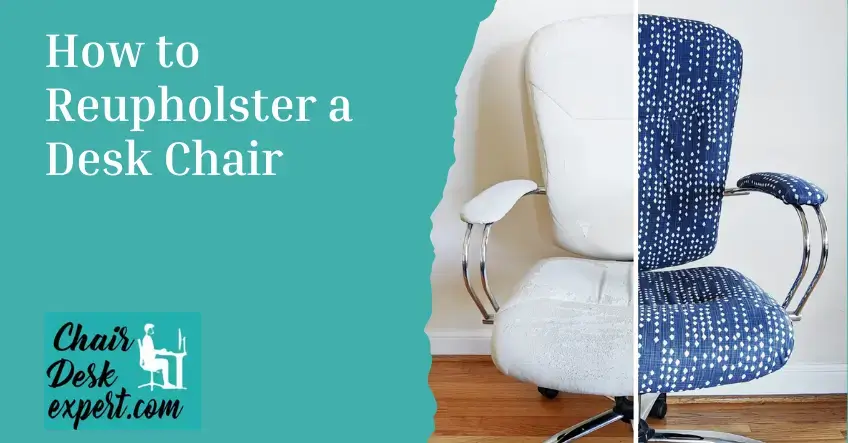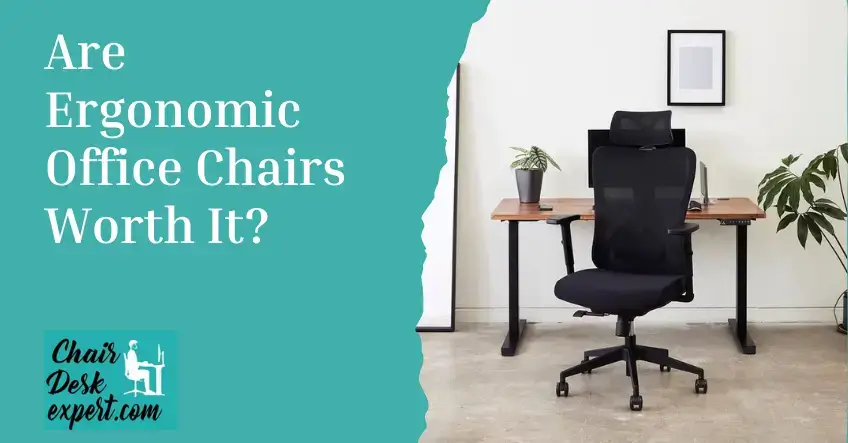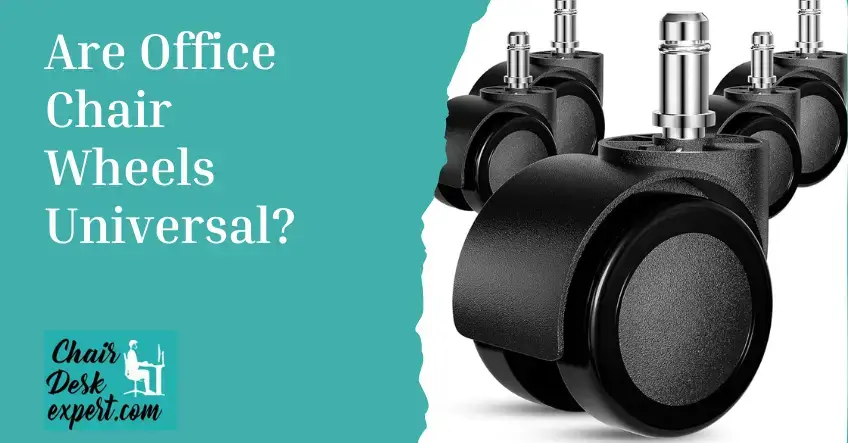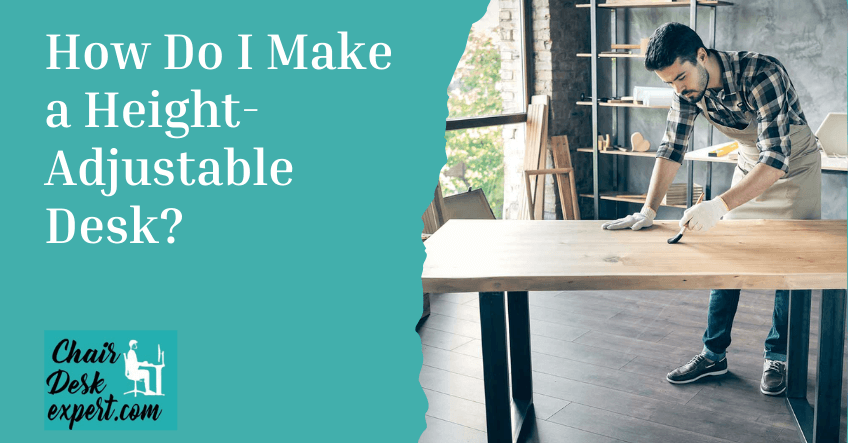Did you know office workers spend more time in their chairs than in bed? Choosing the right chair is crucial. This is where the concept of a Task chair comes into play, emerging as a pivotal element in workspace ergonomics. But What is a Task Chair? How does it differ from the office chair?
In this article, Chair desk expert delve into what a Task Chair is—unraveling the features that set them apart. Whether you’re curating your home office, outfitting a corporate workspace, or contemplating a seating upgrade, understanding these distinctions empowers you to make a well-informed choice that aligns with your unique needs and aspirations.
Understanding the differences between the Task chair and office chair will help you make an informed decision that fits your individual needs and goals.
Below is the complete analysis of the topic: what is a Task chair, and how does it differ from an office chair? keep reading
What is a Task Chair? (Detailed Analysis)
Are you interested in detailed what is a Task chair? A Task chair is a type of chair designed for use at a desk or in an office. While the terms “Task chair,” “Desk chair,” and “Office chair” are often used interchangeably, a Task chair has specific features that other types of office chairs may not have.
1. Simple Design
Task chairs are designed to provide a practical seating solution emphasizing functionality over unnecessary features. One of the most notable characteristics of Task chairs is their streamlined appearance, which aims to create a simple yet elegant design.
These chairs are typically easy to maneuver and adjust, making them ideal for use in various settings such as offices, classrooms, and home workspaces. They often come with adjustable features such as height, tilt, and lumbar support, allowing users to customize their seating experience to their needs.
2. Promote Good Posture
Task chairs have come a long way since their early days as operator-style chairs used by typists and stenographers. These chairs were designed to help maintain a straight back and take the weight off the shoulders, increasing typing speed. Modern Task chairs are designed to encourage an upright posture, reduce stress on joints and muscles, and provide similar benefits.
3. Compact Size
Task chairs are designed to be compact and take up less space, which makes them perfect for environments where space is limited. They are instrumental in home offices, cubicles, or collaborative workspaces where multiple chairs are needed.
The smaller footprint of Task chairs means more chairs can fit in the same space as larger ones, providing more seating options. Additionally, the compact size of Task chairs makes them easier to move around and store when not in use. Despite their smaller size, Task chairs are still comfortable and ergonomic, task chairs are built a provide comfort and support for long periods of sitting.
4. Basic Adjustability
Task chairs may provide different customization options than office chairs, but they come equipped with basic adjustability features. Users can typically adjust the height of both the seat and armrests to find a comfortable working position. This adjustability feature enables users to switch between different tasks quickly and easily.
5. Affordability
Task chairs are a type of office chair that is designed to provide essential support and comfort for short periods. They are generally more affordable than ergonomic chairs, designed to provide advanced support and comfort for extended periods of sitting.
Additionally, their affordability makes them accessible to many users, including students, freelancers, and small business owners who may not have the budget for a more expensive chair.
While Task chairs may provide a different level of advanced support and customization than ergonomic chairs, they can still be an excellent option for users who prioritize affordability and simplicity.
What are the Benefits of the Task Chair?
Now you can understand what is a Task chair? let’s move onto its benefits.
1. Reduce Shoulder, Neck, Back and Hip pain
Task chairs are crucial in alleviating discomfort and preventing long-term health issues. These chairs effectively reduce pressure on the shoulders, back, and hips by promoting an ergonomic sitting posture.
This enhances immediate comfort and contributes to individuals’ overall well-being, preventing the development of pain and discomfort associated with prolonged sitting.
Read more :>>>> READ MORE:>>> best office chair under #200
2. Maximize the Productivity
The design and functionality of Task chairs are tailored to boost productivity in the workplace. By providing a comfortable and supportive seating arrangement, Task chairs enable individuals to focus more deeply on their tasks.
The ergonomic features contribute to increased concentration, efficiency, and the ability to maintain optimal performance throughout the workday.
3. Create a Professional Environment
Task chairs are not just functional but also contribute to the aesthetics of the workspace. Choosing uniform Task chairs for each workstation creates a cohesive and professional appearance.
This visual consistency eliminates the chaotic and unorganized look, which can negatively impact the perception of potential employees and clients. A well-organized and unified office space reflects a commitment to professionalism.
4. Use Office Space Efficiently
Task chairs are designed with practicality in mind, fitting seamlessly under desks and optimizing the use of office space. Unlike more giant executive-type chairs, Task chairs are space-efficient and versatile.
The swivel feature adds to their functionality, enabling users to reach different areas around them easily. This efficient use of space is valuable in shared work environments and contributes to a well-organized and streamlined workspace.
Factors to Consider When Choosing a Task Chair
Below we will discuss the factors to consider when choosing a Task chair.
- Can be Adjusted to Accommodate Multiple Body Types
One of the essential characteristics of a helpful task chair is its adjustability to accommodate different body types and preferences. Searching for chairs with adjustable seat height is necessary, allowing users to align the chair with their natural sitting position.
The ability to modify the armrest height and lumbar support contributes to personalized comfort, ensuring that people of various sizes and shapes can find an ergonomic fit.
- Can be Adjusted without Tools
A user-friendly task chair should offer adjustability without the need for complicated tools. The convenience of tool-free adjustments simplifies customization, allowing users to modify settings effortlessly.
This feature ensures that individuals can adapt the chair to their preferences without the hassle of searching for tools or requiring assistance.
- Rolls and Swivels Easily
Task chairs should facilitate seamless movement within the workspace. Opt for chairs with smooth-rolling casters, enabling easy mobility across different surfaces.
Additionally, the ability to swivel efficiently ensures that users can access various areas around their workstations without strain. Easy rolling and swiveling enhance overall functionality and create a dynamic work environment.
- Fits the Height of a Workstation or a Desk
A well-suited Task chair should align with the workstation’s height or desk. This ensures that users maintain an optimal sitting position, promoting comfort and preventing unnecessary strain. Chairs that are compatible with the workspace’s height contribute to a cohesive and ergonomic setup, supporting individuals in their daily tasks.
- Has Breathable Upholstery
Comfort goes hand in hand with breathability when it comes to Task chairs. Look for chairs with upholstery that allow air circulation, preventing discomfort caused by heat and moisture buildup. Breathable materials contribute to a more pleasant and hygienic sitting experience, particularly during extended periods of use.
- Let’s you sit or get up quickly and easily
Efficiency is key in a Task chair, and the ability to sit or stand quickly and easily adds to its functionality. Chairs that allow users to transition effortlessly between sitting and standing positions enhance flexibility and accommodate dynamic work requirements. This feature is precious in environments where tasks involve frequent changes in posture.
Difference between Task Chair and Office Chair?
The main difference between a Task chair and Office chair are:
1- Lumbar Support
Ergonomic office chairs take the lead in lumbar support customization, offering a wide range of adjustments for both height and depth. This feature allows users to tailor the lower back support to their needs, promoting comfort and reducing strain during extended work periods.
On the other hand, Task chairs may provide more basic lumbar support adjustments, catering to more straightforward ergonomic requirements.
2- Compact design
One notable aspect of Task chairs is their compact design. These chairs are crafted to occupy minimal space, making them suitable for settings where space optimization is crucial.
The compact design ensures that Task chairs can be seamlessly integrated into diverse workspaces, providing functionality without compromising room layout. Whether in a home office or a shared workspace, the compact design of Task chairs adds versatility to their functionality.
Read more: >>>>Best Desk Chair For Back Pain [Top 14 Picks Reviewed!]
3- Cushioning
Office chairs are renowned for their generous seat and backrest cushioning. The ample padding enhances overall comfort, especially during prolonged sitting, and minimizes pressure on the hips and thighs.
In contrast, Task chairs feature moderate cushioning, designed for shorter durations of use. While providing comfort for brief tasks, the cushioning may not reach the plush level of office chairs.
4- Armrests
Ergonomic office chairs often feature adjustable armrests, commonly known as “3D” armrests, allowing users to customize their arm support. Task chairs may come with fixed or non-adjustable armrests, emphasizing simplicity and basic functionality in their design.
5- Cost
Ergonomic office chairs offer a broad price range, accommodating various budgets. Users can choose from budget-friendly options to high-end models with advanced features based on their needs. On the other hand, Task chairs generally fall into a more affordable price range, making them a practical choice for users with budget constraints.
Is a Task Chair Right for You?
When selecting an office chair, it’s essential to consider several key factors. You must evaluate your needs, work habits, and workspace limitations to make the right decision.
First and foremost, you should consider how long you usually spend sitting at your desk. If you work for extended hours, you need an ergonomic office chair with solid lumbar support and customization options to ensure comfort and ergonomic well-being.
The nature of your work also plays a crucial role. If you frequently switch between different tasks and need mobility, consider a Task chair with a simple design and easy movement.
Budget is another factor to consider. Ergonomic office chairs cost more due to their advanced features. If you have shorter tasks to complete and want to maintain functionality, a Task chair may be a cost-effective solution. So you have all the details about what is a task chair?
FAQs: What is a Task Chair?
Q: What kind of chair is best for work?
A: Ergonomic chairs are the best choice for work. Built to last with a robust design and adjustable features, they support prolonged sitting comfortably, making them ideal for desk-oriented work.
Q: What is the maximum time to sit on a chair?
A: The risk level varies based on daily sitting duration. Low risk is for sitting less than 4 hours, medium risk is for 4 to 8 hours, high risk is for 8 to 11 hours, and very risk is for more than 11 hours per day.
Q: Which chair is best for back pain?
A: The Ergonomic Task Chair is effective for back pain. Sliding the hips forward promotes a natural neck, shoulders, and rear alignment.
What is a Task Chair?- Final Thoughts
We hope you will be well aware of what is a Task chair?-benefits and difference from office chair. Task chairs are designed specifically for focused work and offer several benefits. They encourage ergonomic postures, which minimize discomfort and create a unified, professional workspace.
On the other hand, office chairs prioritize comfort during prolonged periods of sitting. They have generous cushioning and extensive adjustability, including lumbar support, customizable armrests, and plush cushioning. These features make them suitable for extended use in diverse office settings.





